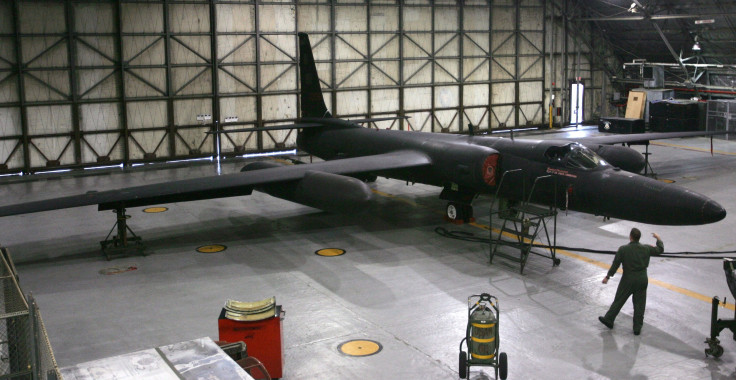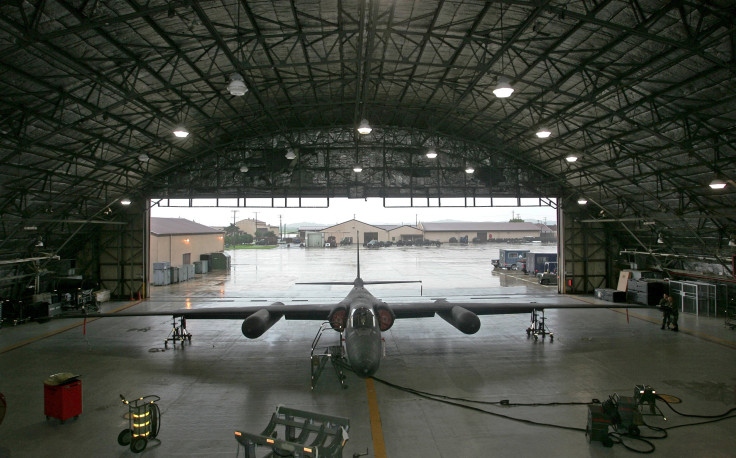The U-2 And Global Hawk, The US Spy Planes That Will Help Hunt ISIS in Syria

The United States has begun surveillance flights over Syria in an attempt to spy on ISIS fighters. While the U.S. Department of Defense refused to comment on what type of aircraft will be used, one military aviation expert said they will likely be the venerable Lockheed Martin U-2 spy planes and Northrop Grumman-built Global Hawk drones.
“The two aircraft will complement each other and offer different ways to gather intelligence,” said Richard Aboulafia, vice president of analysis at Teal group. "The Global Hawk drone can go for longer periods, but the manned U-2 is far more flexible as it has a human pilot physically in the aircraft."
The decision to spy on the Islamic militant group ISIS inside Syria comes after months of intense fighting between ISIS and Kurdish fighters in northern Iraq, which resulted in U.S. airstrikes on key positions there. U.S. officials admitted that they need more info on ISIS' operations in Syria.
"Clearly the picture we have of ISIS on the Iraqi side is a more refined picture,'' Martin Dempsey, the chairman of the U.S. Joint Chiefs of Staff, said. "The existence and activities of ISIS on the Syrian side ... we certainly want to have more insights."
The U-2, which has been in service for more than 50 years and was due to be retired in 2012, has outlasted many of the aircraft designed to replace it. The one-crew aircraft, normally black, has a range of more than 6,000 miles and can fly higher than 70,000 feet (21,000 meters), which enables it to avoid being attacked from the ground by anti-aircraft guns or by the portable missiles that could be in the possession of ISIS or other hostile groups.

It has served in almost every single U.S. war or sensitive operation since the 1950s, including being commonly used during the Cold War. Since then it has been successfully deployed in Iraq and Afghanistan.
The U-2 was supposed to be replaced by the Global Hawk and the Lockheed Martin RQ-170 Sentinel no later than 2015, until new legislation required any replacement to have lower operating costs. The U-2 costs $2,380 per flight hour compared to $6,710 for the Global Hawk as of early 2014. As a result, the U-2's shelf life was extended to 2023.

And while defense documents show that retiring the U-2 would save $2.2 billion, it would cost more than that to upgrade the Global Hawk to a similar surveillance standard.
“The U-2 has a more robust airframe and is much cheaper than the Global Hawk,” said Aboulafia. “The Global Hawk is easily the most expensive drone ever."
By 1998 unit costs, the U-2 comes in at around $40 million per unit, although nowadays the only costs are maintenance and parts.

While the Global Hawk has a much greater endurance than the U-2 (28 hours compared to 12) and 1,000 miles greater range, it is marginally slower and cannot reach the same altitudes. Also, the U-2 “has a far better sensor package and better cameras than the Global Hawk. It’s years away from being at the same standard,” Aboulafia said.
© Copyright IBTimes 2025. All rights reserved.




















